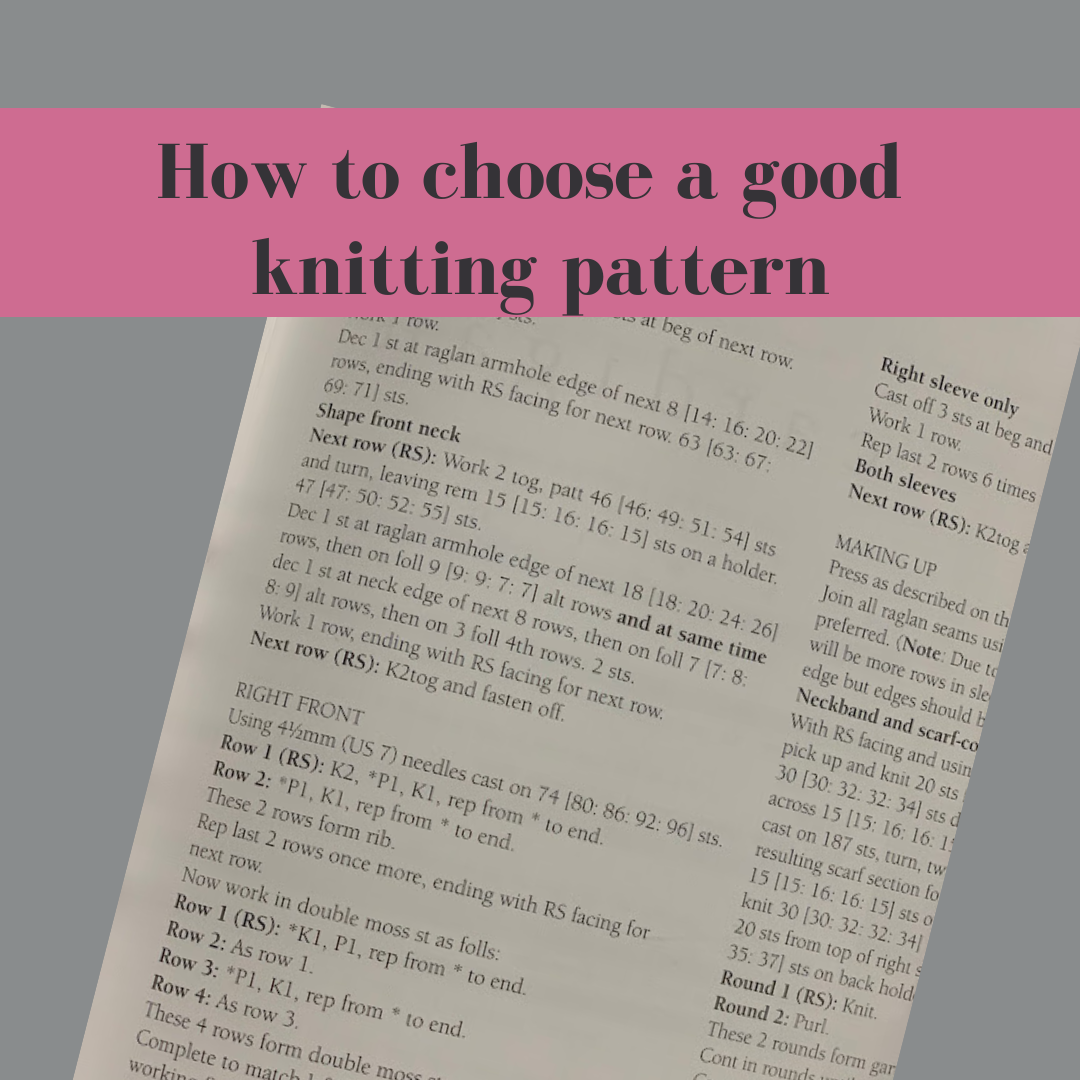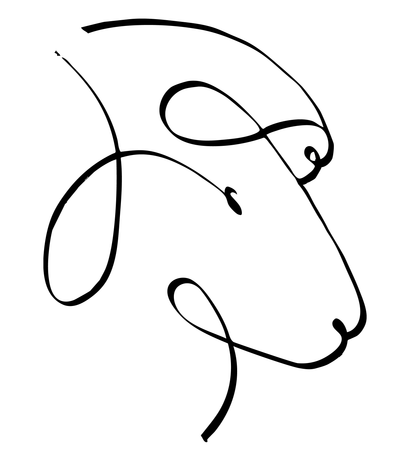Free shipping on all domestic orders over $150
Free shipping on all domestic orders over $150
Shop
Add description, images, menus and links to your mega menu
A column with no settings can be used as a spacer
Link to your collections, sales and even external links
Add up to five columns
Add description, images, menus and links to your mega menu
A column with no settings can be used as a spacer
Link to your collections, sales and even external links
Add up to five columns

How to choose a good knitting pattern
October 20, 2020 4 min read
Warren Buffet is famously quoted as saying, If you don’t know jewels, know your jeweler. My mother said similar things regarding all sorts of professionals. From butchers to car mechanics, if you are not an expert, find someone who is, and put your trust in them. The true professionals have a great deal of pride in their work and take genuine pleasure in helping you—in educating you, really, in that beautiful intersection of your interest and their expertise. The charlatans who knowingly dupe you are especially vile, but the amateurs who accidentally mess you up, can be just as bad.
I see this on Ravelry all the time. As I often say, the wonderful things about Ravelry is that anyone can be a designer, but the really bad thing about Ravelry is that anyone can be a designer. I love that Ravelry has given fresh new designers an opportunity to showcase their work, but sadly, without an opportunity to peruse a pattern before you click BUY NOW, there is no way to see whether it is a good pattern or a bad one. The most compelling photos of the most charming knitted objects are frequently most poorly written patterns. The most common offenses include no gauge indicated, no finished measurements given, no schematic, and unclear, or worse, incorrect, instructions.
I applaud the creativity of these designers, but design is a very different skill from pattern drafting. Some designers have both skill sets. Amy Herzog, for one, and Shellie Anderson for another. There are many more. Some designers don’t actually write their own patterns, and I would venture to say that most professional designers, like those at Rowan and Brooklyn Tweed, have a team of supporting professionals with whom they work to turn sketches into patterns that we knitters can actually use. Patterns created in this way adhere to important accuracy standards such as accuracy, and provide information on gauge, ease, fit, and construction, as well as detailed schematics.
So, if Warren Buffet were a knitter, he would tell say, If you don’t know patterns, know your designer. I tend to trust those designers I listed above, anyone in the Rowan house, and certain others whose designs have worked well for me in the past. If you’re just starting out, and are overwhelmed by the options, use the tools Ravelry has to find good patterns. Here are some things to check
- How many other knitters have completed this design? You can see this in the section About this pattern. Look and see how many people have actually finished the garment versus how many have it hibernating, or frogged.
- Check out the comments tab. Lots of requests for information or complaints about lack of clarity will tip you off to a pattern that may need work
- In the finished projects, look at those marked helpful and see what those knitters have said. Very often a more accomplished knitter will have clarified some confusing aspect, or pointed out an error. You should not be having to do that.
- Sometimes it’s not that the pattern is bad, but it just assumes more knowledge that you have at that moment. Check the difficulty level and the ratings. If it looks really challenging, and you’re a beginner, perhaps see if there is something similar that might be a stepping stone #knittinggoals.
- If you have had great success with a particular designer’s patterns – they fit you well and are easy to understand, continue with that designer. We are all different in our preferences as far as construction (seamed vs seamless, set-in sleeve vs drop shoulder or raglan).
- Look and see the designers other designs – Scroll down to see if their work has been featured in Vogue Knitting or other books or magazines. These publications have pretty high quality standards, so designers familiar with those standards would be a good bet.
- Ask the team at your friendly yarn store what designs they’ve used successfully. We’ve had plenty of experience either knitting ourselves, or helping others through a pattern, to know the great from the not so much.
You will make some mistakes in choosing. If the pattern is really awful, give yourself a break and choose another one. You are much better off losing a small amount of money on the pattern than wasting countless hours and many more dollars in yarn on a project that hibernates forever. Consider it a learning experience, and be sure to share your constructive criticism on Ravelry. Do it gently, though, because behind every design, good or bad, is a real person with real feelings.
If you are interested in patterns that I’ve looked at and that I think are good, follow me on YouTube, where I do a regular pattern roundup, yarn reviews, and more each Wednesday at 7 pm. I look forward to seeing you either virtually, or in the shop, in our socially distanced space. You are always welcome here.
~Ellen

